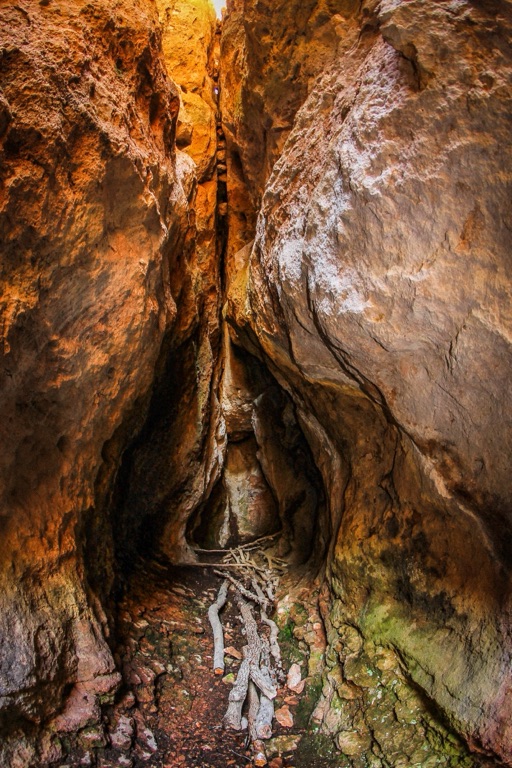The Utroba Cave, also known as the Womb Cave, is a remarkable prehistoric site located in Bulgaria. Carved by natural forces and shaped by human hands, this cave boasts an entrance that strikingly resembles the female reproductive organ. It’s a place shrouded in mystery, with its exact purpose still debated among historians and archaeologists. The cave’s unique features have led to various interpretations, ranging from a sanctuary for fertility rituals to a natural formation that gained cultural significance over time.
Get your dose of History via Email
Historical Background of The Utroba Cave
Discovered in modern times, The Utroba Cave’s origins trace back to ancient civilizations. Its discovery details remain elusive, but it’s clear that the Thracians, an ancient group known for their skill in metalwork and horsemanship, revered the site. They inhabited the lands of what is now Bulgaria, and their culture left a significant mark on the region. The cave’s design suggests it was intentionally shaped, likely during the Thracian era, which spanned from the 11th century BC to the end of the 1st century AD.
While the exact identity of the cave’s creators remains unknown, the Thracians are the prime candidates. They built numerous sanctuaries and tombs across the region, many of which align with the cave’s estimated age. No records of its construction survive, but the cave’s features align with Thracian religious practices. The cave may have served as a sacred site, possibly linked to the cult of the Great Mother, a deity associated with fertility and the earth.
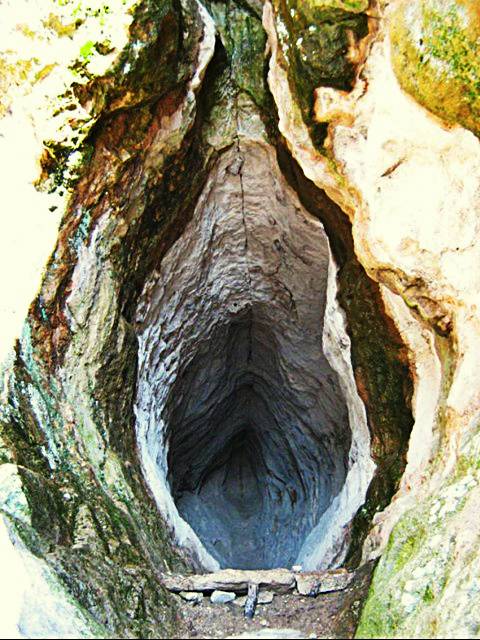
Over the centuries, the cave likely saw various uses. It may have served as a shelter or a place of worship. Its secluded location and unique shape would have made it an ideal site for private rituals. There’s no concrete evidence of significant historical events occurring within the cave, but its enduring presence suggests it held importance for those who visited it.
Archaeological studies have not yet unearthed artifacts that could provide a clearer picture of the cave’s history. However, the lack of such findings doesn’t diminish the site’s historical value. The cave stands as a testament to the region’s rich prehistoric culture and the enigmatic Thracian civilization that once thrived there.
The Utroba Cave’s historical significance is further enhanced by its natural formation. Over time, water and wind sculpted the cave, creating a unique geological feature. This natural process, combined with human modification, has resulted in a site that captures the imagination and offers a window into the past.
About The Utroba Cave
The Utroba Cave is a natural limestone formation located near the village of Kardzhali in Bulgaria. Its entrance, measuring approximately 22 meters in height and 2.5 meters in width, is what sets it apart. The cave’s interior extends back only a short distance, but its walls bear the marks of human alteration, suggesting that ancient people shaped it for specific purposes.
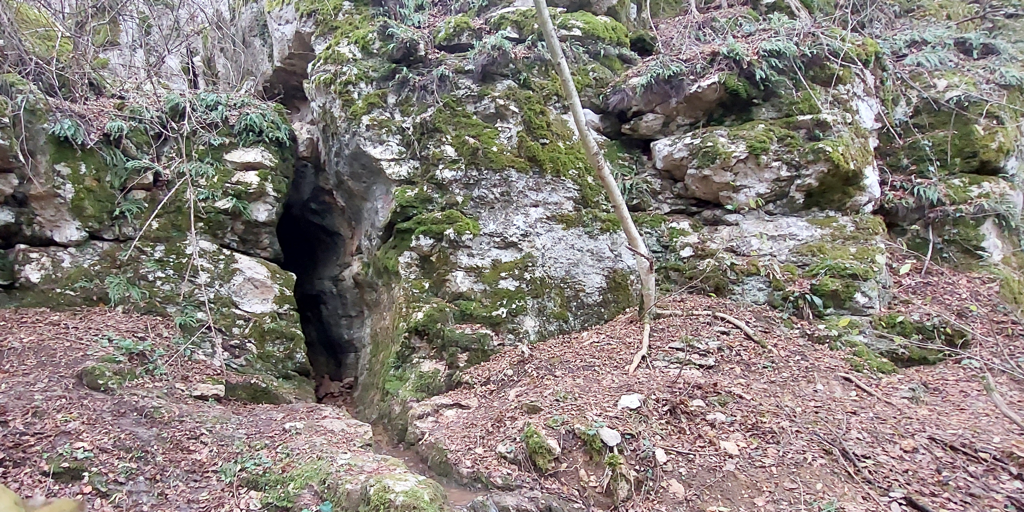
The cave’s most striking feature is its entrance, which naturally mimics the shape of a woman’s womb and birth canal. This resemblance has led to the cave’s name and its association with fertility and creation. The interior walls are smooth, and the space opens up slightly once inside, giving it an almost cathedral-like atmosphere.
Construction techniques of the era involved simple tools made from stone, bone, or metal. The Thracians, known for their stonemasonry, likely used such tools to refine the cave’s shape. They may have removed loose rock and smoothed surfaces to create a more defined space for their rituals or gatherings.
Architectural highlights of the cave are minimal, as it is a largely natural structure. However, the intentional modifications suggest a level of sophistication in the Thracian approach to their sacred spaces. The cave’s simplicity is part of its allure, as it leaves much to the imagination regarding its original appearance and use.
The materials that make up The Utroba Cave are primarily limestone, a common rock type in the region. Limestone is susceptible to erosion, which explains the cave’s natural formation. Over millennia, water carved out the cave before the Thracians discovered and repurposed it.
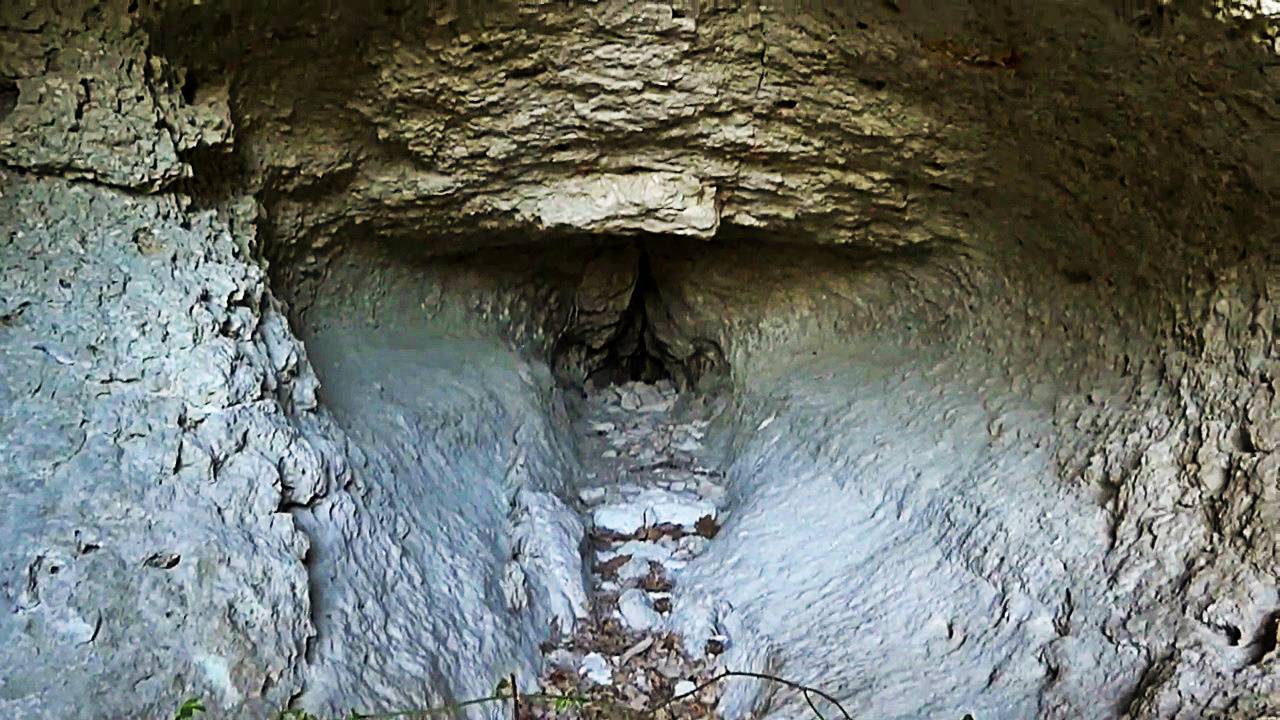
Theories and Interpretations
The Utroba Cave has sparked numerous theories about its purpose and significance. The most prevalent theory is that it served as a sanctuary for fertility rituals. Its entrance’s resemblance to female genitalia suggests a connection to motherhood and birth. This theory aligns with the known Thracian worship of the Great Mother goddess.
Some speculate that the cave was a site for initiation rites. Young women may have visited the cave as part of a passage into womanhood. Others suggest it could have been a place for healing, given the ancient association between caves and the womb’s protective qualities.
The cave’s mysteries extend to its lack of artifacts. This absence has led some to believe that the site was purely symbolic, used for ceremonies that left no material trace. Alternatively, the cave’s contents may have been looted or simply decayed over time.
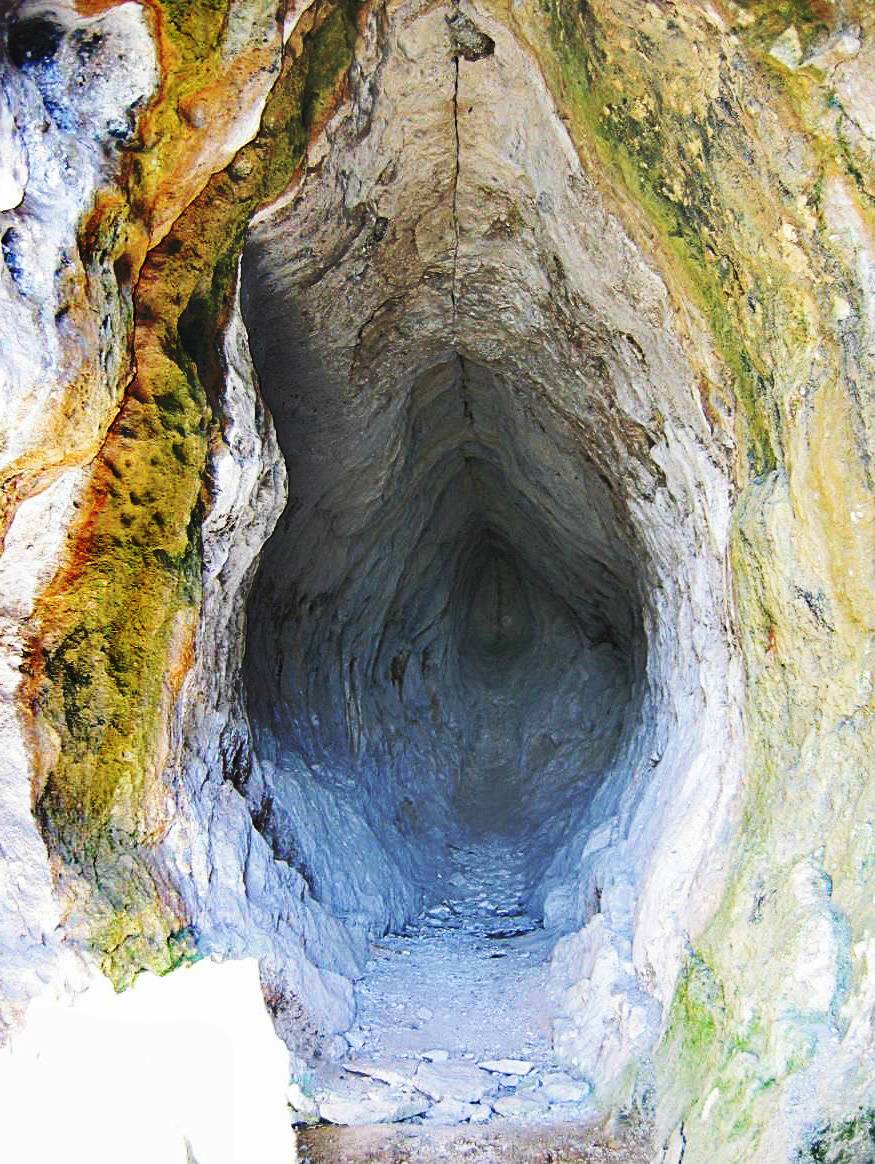
Historians have matched the cave’s characteristics to Thracian culture, but without written records, these connections remain speculative. The cave’s design and location offer clues, but definitive answers about its use are elusive. The Thracians left no written language, so much of what is known comes from Greek and Roman sources, which may not fully capture the cave’s role in Thracian society.
Dating the cave has been challenging. The natural formation process complicates efforts to determine when humans first altered it. Archaeologists have used methods like stratigraphy and comparative analysis with other Thracian sites to estimate its age, but precise dating remains difficult.
At a glance
Country: Bulgaria
Civilization: Thracian
Age: 11th century BC to the end of the 1st century AD
Conclusion and Sources
Reputable sources used in the creation of this article include:
- Wikipedia: https://en.wikipedia.org/wiki/Utroba_Cave

